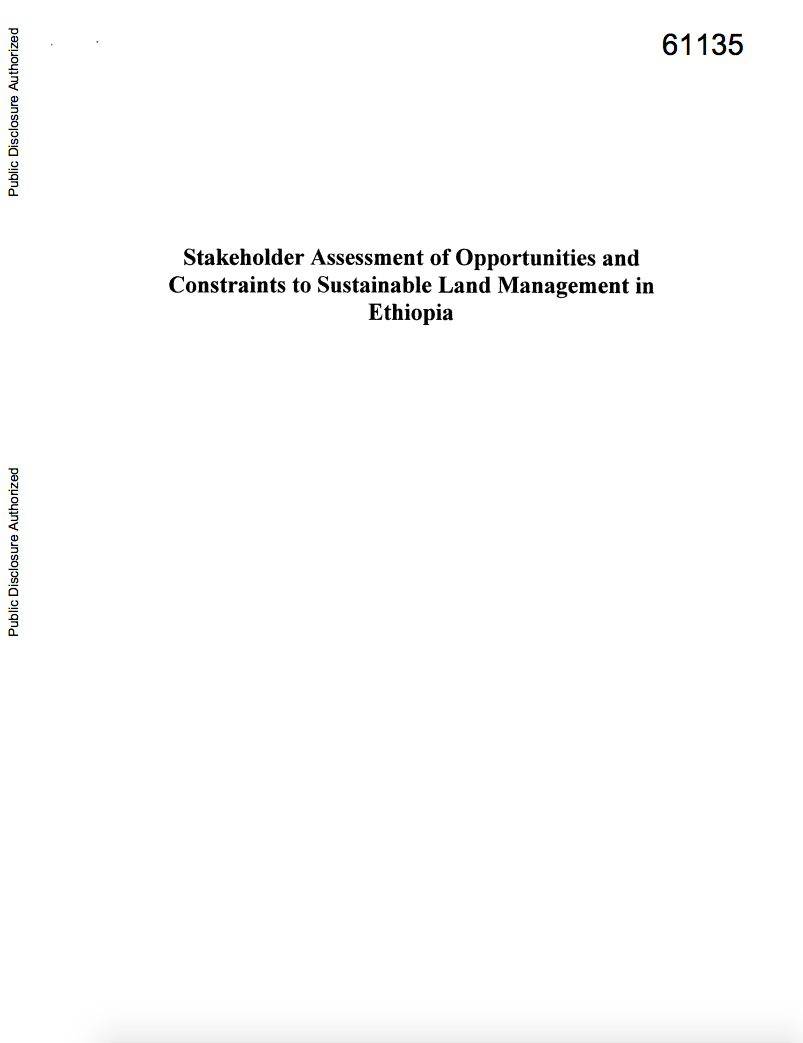How Innovations in Land Administration Reform Improve on Doing Business
This note lays out the rationale for
including land administration quality index in the standard
‘registering property’ indicator by doing business and
discusses initial evidence from the global sample, showing
that many countries, including some that have performed well
on Doing Business’s traditional ranking, have a long way to
go to establish a system of land administration that is
reliable and transparent, achieves sufficient coverage, and


